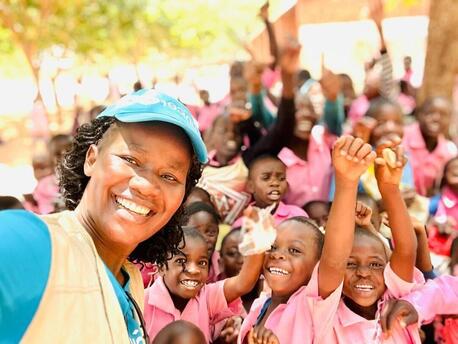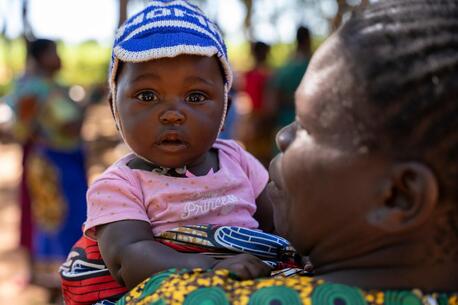
How Syrian Children Cope — Ammar Tells His Story
Series: Children of Syria Speak, Part 3 of 5
Meet 13-year-old Ammar. In Syria, he lived in a nice home. He went to school and played soccer with friends. But two years ago, his family moved to Jordan's Zaatari refugee camp. "I started working because my dad could no longer work," he says. "I give my parents the money I earn so they can buy us food.... By the time I get to school I'm so tired I just sit there. I feel so sad."
For five years now, the children of Syria have lived with raging conflict.
The violence has taken a toll. Of the 8.4 million children affected, some are displaced in their own homeland. Others live as refugees in neighboring countries. More than 15,000 have crossed Syria’s borders unaccompanied, separated from everything they knew, even their parents.
“For the youngest Syrian children, this crisis is all they have ever known," says UNICEF Executive Director Anthony Lake. "For adolescents entering their formative years, violence and suffering have not only scarred their past; they are shaping their futures.”
Yet they show remarkable resilience — and hope. Let's honor the children of Syria and their stories.
See the rest of the video series:
HOW TO HELP
There are many ways to make a difference
War, famine, poverty, natural disasters — threats to the world's children keep coming. But UNICEF won't stop working to keep children healthy and safe.
UNICEF works in over 190 countries and territories — more places than any other children's organization. UNICEF has the world's largest humanitarian warehouse and, when disaster strikes, can get supplies almost anywhere within 72 hours. Constantly innovating, always advocating for a better world for children, UNICEF works to ensure that every child can grow up healthy, educated, protected and respected.
Would you like to help give all children the opportunity to reach their full potential? There are many ways to get involved.





